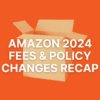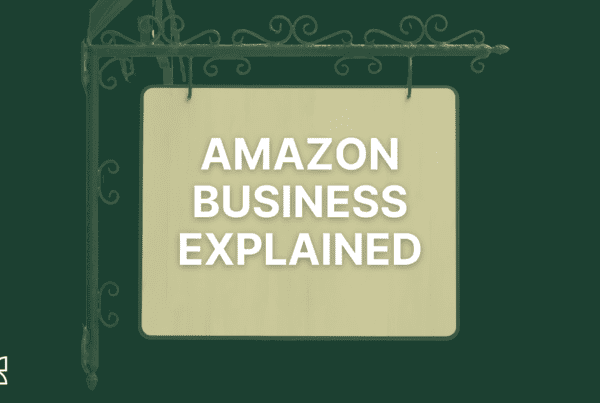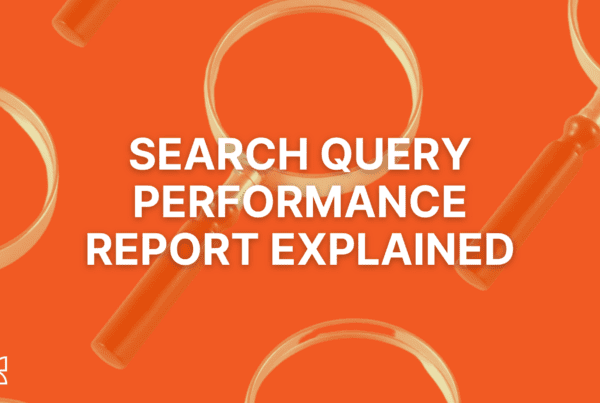
This post is based on our webinar “Demand Planning on Amazon Explained.”
Whether you’re a Vendor or Seller on Amazon, or you’re an Amazon agency managing multiple brands, you’re hopefully forecasting in order to better predict your sales for the next 6–12 months. But how often should you be forecasting? And how often should you revisit those forecasts?
We sat down with Wendi Mathis, Senior Vice President of Strategic Accounts at Channel Key, to learn how often she forecasts for her clients, as well as her recommendations for how often to revisit that forecast to ensure its accuracy!
How Often You Should Forecast
When you’re forecasting, you’re likely looking to forecast the next 6 or 12 months. As you’re in the process of purchasing inventory or setting ad budgets, it’s important to align on what you hope to achieve many months ahead of time.
However, you shouldn’t just forecast for the next 6 months and then leave it be—you should be realigning every month on that forecast. During key months like Q4, advanced agencies like Channel Key are re-forecasting every week to ensure their clients hit performance goals. While every week might not be possible for most businesses, you should aim to adjust your forecasts at least once a month, especially in Q4.
Whether you’re in ecommerce or brick and mortar, you might be tempted to rely on the forecast you did six months ago, but each month, your forecast can get smarter. For example, your forecast for February will be much more accurate in January than it was in June. This is why it’s so important to do a monthly forecast to realign your priorities and goals.
You can take this accurate forecast and use that to purchase inventory, plan your advertising campaigns, and adjust your accounting.
How Accurate Should Your Forecast Be?
You always want your forecast to be 100% accurate, but that’s not realistic—we’re just trying to get as close as we possibly can. Our advice is to target 70% or better accuracy when building your trend forecast.
A lot of brands don’t even do accurate trend forecasting, so a 70% accuracy rate is much better than doing nothing! It’s a great place to start. If your base data is good, then your forecast will be good.
Of course, you might have an ASIN here or there that skews your forecast due to unexpected challenges, but for the most part you should strive to reach that 70% accuracy. And, the more you forecast, the better chances you have of reaching a 90-95% accuracy.
Forecasting in Kapoq
We recently released an update within Kapoq so you can look at a sales curve by parent ASIN, which is huge for your forecasting needs at a more granular level!
By looking at lots of different sales curves, you can determine your seasonality and see the forecast that has the highest correlation with your historical sales by SKU. Kapoq does the math of looking over all possible sales curves and then assigns you the one that has the highest correlation with your SKU.
Of course, we always give you the ability to adjust—we put in some baseline numbers, but you should then use your strategic forecast to make any additional adjustments. From there, you can upload that forecast into Kapoq, which will then speak to the rest of the modules within Kapoq, helping you with inventory management and analytics.







